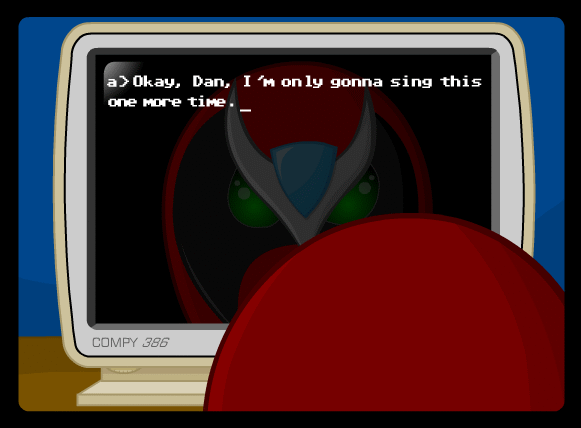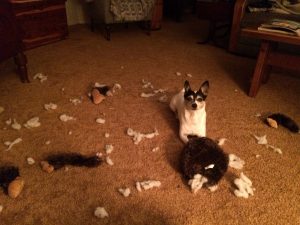Apostrophes
Punctuation… by now you hopefully realize it’s super important. But why is it equally as difficult to master? Well, like so many things with the English language, there are debates over correct usage and stylistic flair, and of course things change over time.
Feel free to check the differences between Chicago Manual of Style and APA or Grammar Girl. What follows is my no-nonsense view on punctuation.
*No punctuation was harmed in the writing of this blog. The views expressed here are not necessarily agreed upon by any major style guide.*

The poor, little, misused apostrophe. I feel bad for it, really.
It’s always getting left out where it’s needed. And thrown in where it shouldn’t be.
The apostrophe has two main uses.
And please note that making a noun plural is NOT on this short list. An apostrophe does not make something plural.
-
Exception:
Making letters plural. This is to differentiate between something like the plural of the letter A and the word as. Or so you don’t think I’m giving you some bs when I try to make B plural.
So let’s look at where to use this lovely acrobatic comma!
Contractions
The apostrophe indicates that one or more letters are missing.
My favorite over-the-top example is from when I worked as a deckhand/educator on a skipjack. The crew’s quarters in the bow are in the forecastle. Or as you may actually pronounce it: fo’c’s’le.
Though when properly spelled out, at some point people gave up and dropped one of the apostrophes: fo’c’sle. It’s just THAT over the top!
You’ll see more common versions of contractions all over the place in this article. Or frequently they show up as a shortened version of a “to be” verb:
There’s a monster under my bed.
There’re too many monsters in my closet.
Possessive
Maybe because it starts with a P, like plural, this is the reason so many people try to make words plural by adding an apostrophe and S. I get it, I mix things up that start with the same first letter all the time.
(Confession: I even wrote possessive at first up above when I meant to write plural. Oops!)
You can show possession by using the word of.

The caption sounds overly formal, which is a rarity in today’s communication. So instead I would use an apostrophe to show the possession:
My dog’s toy was destroyed.
But how do you do it properly? When do you add an apostrophe and an S, and when do you just add an apostrophe?
First, let’s split words into those that end with S and those that don’t.
Words Not Ending in S
Add both the apostrophe and an S after it:
dog – dog’s
friend – friend’s
children – children’s
people – people’s
Words Ending in S
These need to be broken down further.
Singular Words Ending in S
Still add an apostrophe then an S. (Yes, this is debatable. But my choice is to do it this way.)
James – James’s
bus – bus’s
glass – glass’s
Just a reminder: We are discussing how to make those words possessive and NOT plural!
Plural Words Ending in S
Note: The same rule applies here to uncountable words, like economics or measles, and words that are both singular and plural forms, like species. If it is hard to tell the meaning, maybe rewrite the sentence?
If the word ends in an S and it is plural, just add an apostrophe to the end of the word.
Joneses – Joneses’
dogs – dogs’
species – species’
Extra Nerd Lesson
It made me so excited to find out that most possessives that need an apostrophe are, in fact, contractions (usually from a dropped E).
That’s why its and whose don’t need an apostrophe. Its never had an e in there and whose is on the end and never got dropped. (But due to the contractions for “it is” and “who is” those get confused in so much writing!)
But of course, we don’t teach such things anymore. So I can’t just tell you to use an apostrophe when letters are missing. Wouldn’t that have been easier?
Well, I hope that apostrophes make more sense now.
Want to comment on my post’s fabulosity? Then I’m hoping you drop a line below!
(See what I did there…?)

Leave a Reply